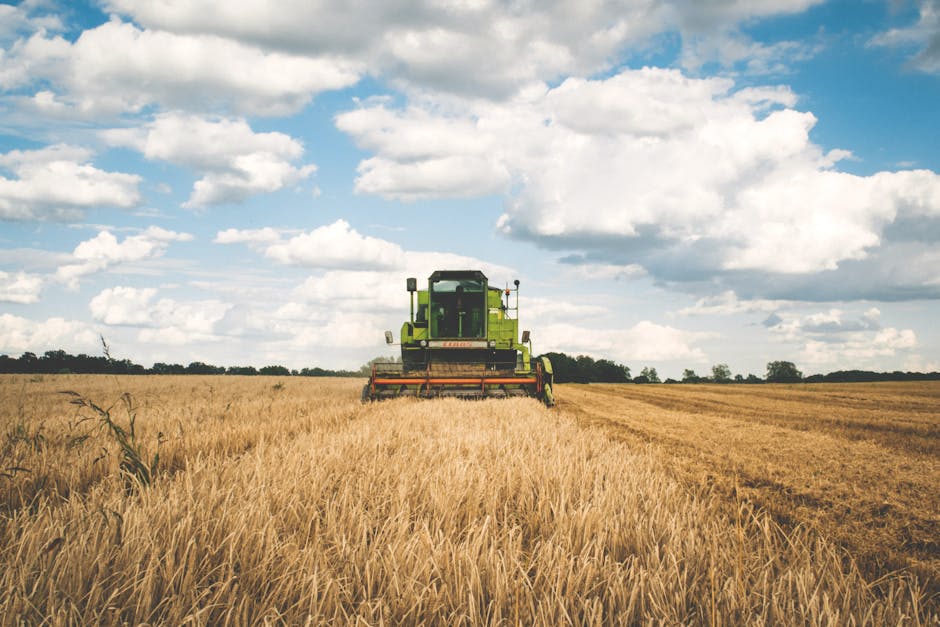Standard type
Conventional pollutant emission limits
Regulating Body
Swiss Agency for the Environment, Forests and Landscape (Bundesamt für Umwelt, Wald und Landschaft (BUWAL))
Current Standard
Varies by engine size and function
Applicability
New nonroad vehicles and equipment
Categories
History
Nonroad engine emissions in Switzerland are regulated based on the Air Pollution Control Ordinance (LRV 00, App. 2) (Schweizerische Luftreinhalteverordnung of 16 December 1985, amended 28 March 2000). The LRV 00 mandates that “emissions are to be reduced in as much as technically, organizationally and economically justifiable…” It also classifies diesel particulate emissions as carcinogenic (LRV 00, App. 1, 83).
New engines for off-road vehicles and machinery must meet the current European Union regulations.
In a number of construction applications, diesel particulate filters are explicitly required by SUVA and BUWAL programs (see below). However, new equipment is usually not fitted with filters at the OEM level. Rather, construction machinery is retrofitted with particulate filters by distributors and/or operators.
Technical Standards
Stationary Engines
The LRV 00 establishes a particulate matter emission limit for stationary engines fueled by diesel or gas of 50 mg/Nm3 (LRV 00, App. 2, 823).
Emission Regulations for In-Use Construction Engines
Underground Construction (SUVA)
Based on a SUVA workplace emission directive (Suva Mitteilung AS456, 30 April 2001), diesel particulate filters (DPF) are mandatory on diesel equipment used in underground (tunnel) construction. Particulate filter technology is legislated independently from the above MAK exposure limit (i.e., even if the exposures are below the MAK limit, particulate filters must be used) or from the engine emission level (i.e., both high- and low-polluting engines must use filters).
The SUVA retrofit requirement was phased-in between March 2000 and January 2002. Particulate filters are now mandatory on all equipment used in underground construction. The following categories of equipment are exempted from the DPF requirement, provided the PM exposure limits are not exceeded:
- Equipment of below 50 kW, operated for less than 2 hours per shift
- Equipment which is not used in regular transport work and which is operated less than 1 hour per day
Equipment operators are responsible for proper operation of the DPFs, as determined using an opacitymeter measurement. The criteria are as follows:
- 10% opacity (k = 0.24 1/m) for vehicles equipped with DPFs
- 35% opacity (k = 1.0 1/m) for vehicles without DPFs.
General Construction (BUWAL)
Effective 1 September, 2002, the DPF requirement has been extended to general construction engines. A BUWAL directive (VU-5024-D) requires that diesel engines operated within large construction sites must be fitted with particulate filters.
A construction site is classified as “large” based on criteria of size and duration of work (city: min. 4,000 m2, 1 year; country: min. 10,000 m2, 1.5 year). The BUWAL directive requires that all engines of above 37 kW be equipped with DPFs by 1 September 2003, and engines of 18-37 kW by 1 September 2005.
Particulate filters are not required for short duration equipment deployment of maximum one day per construction site per year.
The same directive establishes the following smoke opacity limits for construction engines:
- Vehicles without particulate filter: k = 2.5 1/m for naturally aspirated engines; k = 3.0 1/m for turbocharged engines
- Vehicles with particulate filters: k = 0.24 1/m
Emissions from gasoline fueled construction engines, measured at idle, must not exceed the following limits:
- CO: 35,000 cm3/m3
- HC: 500 cm3/m3
Particulate Filter Requirements and VERT Filter List
Particulate filters and other PM emission control devices used in the above BUWAL and/or SUVA programs must meet certain performance criteria. Such performance criteria and specifications for diesel particulate filters have been developed by VERT (Verminderung der Emissionen von Real-Dieselmotoren im Tunnelbau, Curtailing Emissions from Diesel Engines in Tunnel Construction), a research program conducted between 1994-2000, sponsored by Swiss, German, and Austrian occupational health authorities. Two important VERT requirements for particulate filters are:
- PM emissions must be reduced by 95% or more in terms of solid particle numbers in the size range of 20-300 nm (mobility diameter), and by 90% or more in terms of elemental carbon (EC) mass (not in terms of total PM mass).
- Increases of other toxic emissions (CO, HC, NOx, and secondary emissions: NO2, dioxins, nitro-PAH, sulfuric acid,…) are (1) limited to maximum three times the engine baseline for the respective pollutant and (2) must not cause ambient concentration increases that would exceed applicable exposure limits.
Swiss authorities have not established a formal filter approval or certification program. Rather, a reference list of acceptable filter systems and/or suppliers is maintained by BUWAL/SUVA, known as the VERT Filter List. Filter systems which are on the list are accepted for all BUWAL and SUVA retrofit programs. Filter systems that are not on the VERT list can be also used, as long as they provide “equivalent” emissions performance VU-5024-D. The regulation, however, is not specific as to how this performance equivalency should be determined or who would have the authority to make such determination.
Filters on the VERT list are also accepted by ASTRA (Bundesamt fur Strassen, Swiss Federal Office for Roads) for retrofitting highway vehicles, although the VERT performance criteria (95/90% number/EC efficiency, no secondary emissions) are not mandatory in road applications.
Links
Regulatory Documents
Air Pollution Control Ordinance (LRV 00, App. 2) BUWAL (Bundesamt für Umwelt, Wald und Landschaft)
Regulatory agencies



